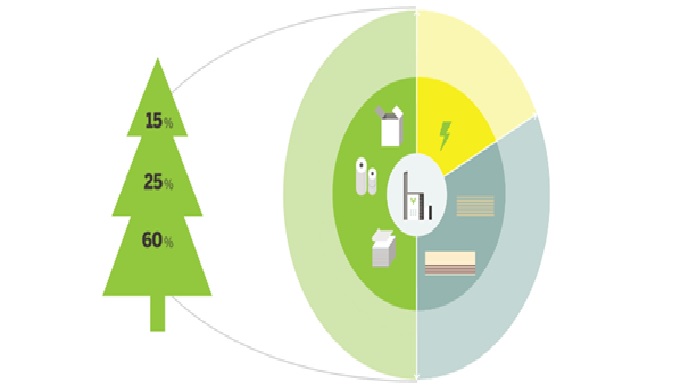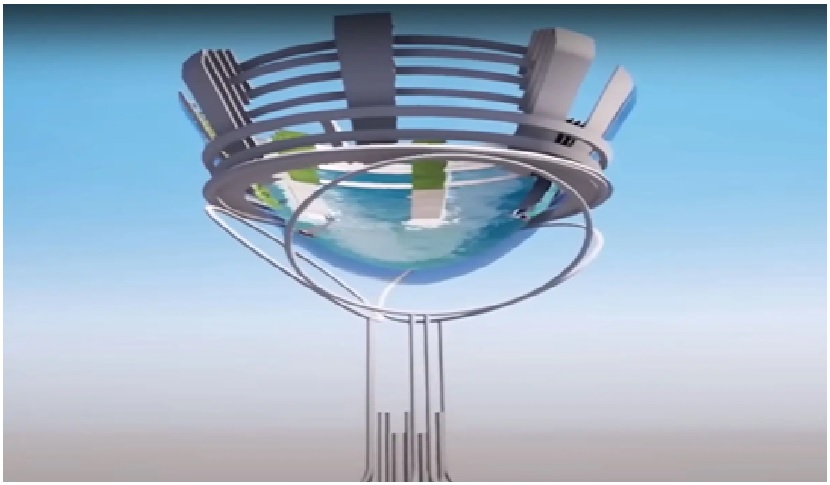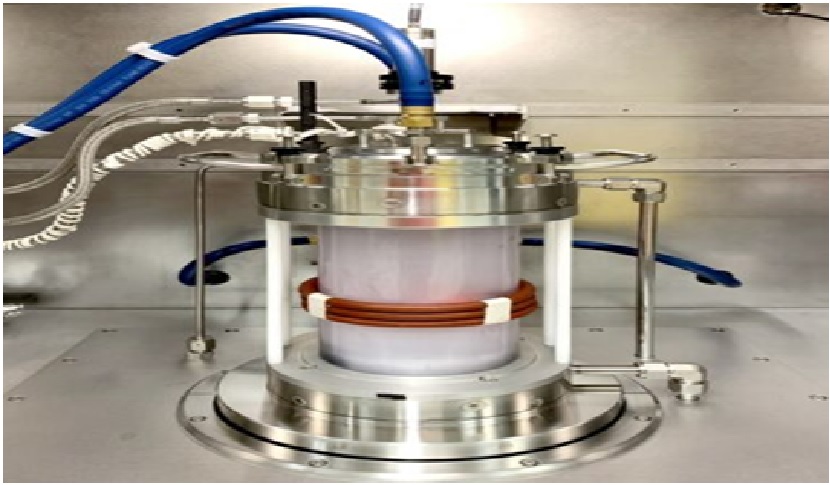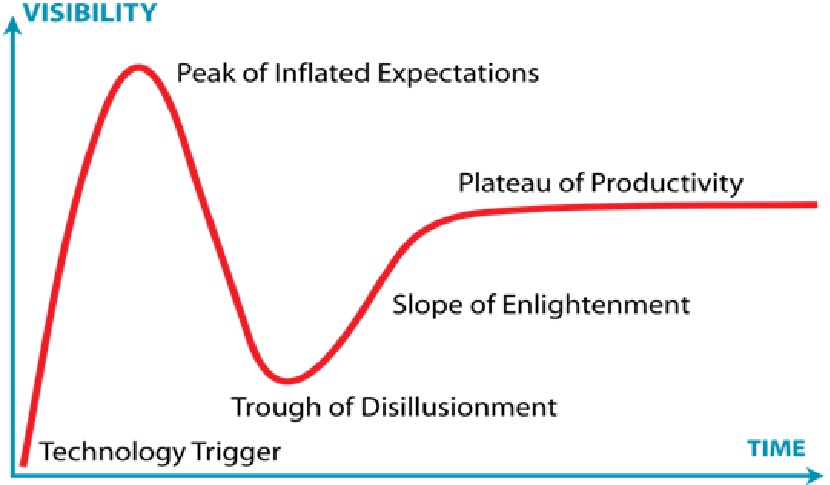The Future Technology of Cranioplasty Mould Surgery
The Cranioplasty mould is a patient-specific mould that is used intraoperatively to produce a PMMA (polymethyl methacrylate) [1] cranioplasty prosthesis.
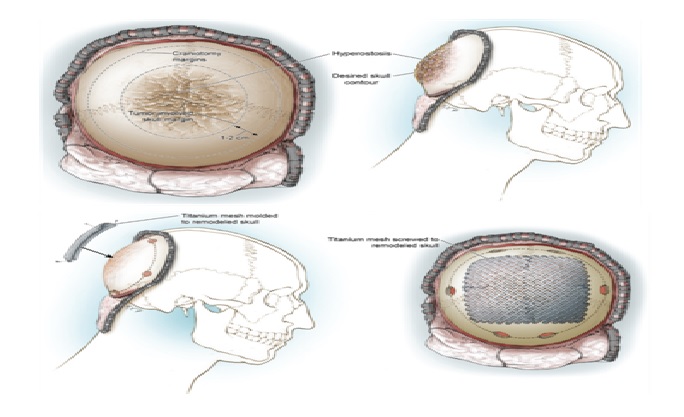
Figure 1. The Cranioplasty mould [2]
Once the CT scan has been converted to a virtual 3D model, the patient-specific implant is designed on the patient's defect. The affected anatomy and the cranioplasty prosthesis is then manufactured with the use of 3D printing. A two-part platinum based silicone mould is made for the prosthesis. The moulds are delivered to the clinical team non-sterile. The mould is autoclaved and used in theatre to recreate the prosthesis with PMMA.
Advantages:
- Perfect fit to the patient's defect with excellent cosmetic results
- The most cost-effective cranioplasty solution
- Reduces surgery time
- Very simple to use
- PMMA has the advantage of being inert, radiolucent and non-magnetic
- Decreases potential complications associated with the use of PMMA
- Fast turnaround time (5-10 working days)
In the operating room, you are given a general anesthetic. Once you are asleep, the team positions you so the surgeons have optimal access to the bone defect. The area of the incision is then shaved and prepared with antiseptic, [3] and you are protected by drapes that leave only the surgical area exposed.
You will get a local anesthetic, then the surgeon will carefully cut the skin of your scalp and gently separate it into layers, thereby protecting the dura, which covers the brain. The team cleans the edges of surrounding bone and prepares the surface so the bone or implant can be positioned properly in the defect, after which it is secured to the cranial bones with screws, plates or both.
With the bone or implant in place, bleeding is controlled, the team moves the scalp back to its original position and closes the incision with nylon suture. You may also have a small suction drain left in place to help remove any excess fluid. The drain will be removed in a few days.
After undergoing a cranioplasty procedure, patients are typically required to stay in the hospital for a period of five to seven days. [4] Drains may be needed initially to help the body remove any excess fluid that has accumulated in the area. Most patients will experience some headaches in the days following the surgery, but these respond well to pain relievers that will be prescribed by your doctor. Fatigue is also a common side effect that should subside within the first few weeks. Some activities may be limited for a period of time after your cranioplasty.
All surgical procedures carry some form of risk. The most common risks associated with a cranioplasty include infection, blood clot formation, seizures and stroke. Choosing an experienced surgeon who has performed this procedure many times can lessen the chance of developing a complication after undergoing a cranioplasty.
References:
- https://www.craniotech.com/cranioplasty-moulds/
- https://www.cureus.com/articles/16454-in-situ-cranioplasty-for-renal-cell-skull-metastasis-technical-note
- https://www.hopkinsmedicine.org/health/treatment-tests-and-therapies/cranioplasty
- https://www.princetonneurologicalsurgery.com/our-services/brain-surgery/cranioplasty/
Cite this article:
Vinotha D (2022), The Future Technology of Cranioplasty mould Surgery, AnaTechMaz, pp.168


